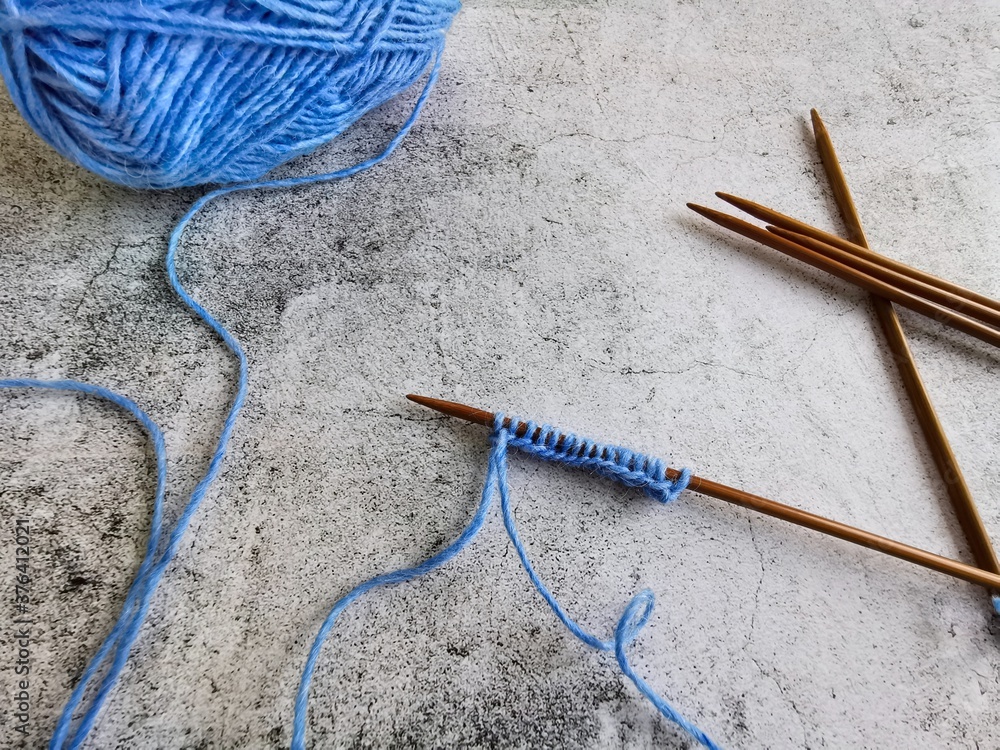✨Free Cashmere Comb with $50+ purchase thru Dec 21! Use Code STELLAR at Checkout. Dismiss
Skip to content
If you’re anything like me, you learn a new cast-on method, use it once or twice, and then—poof—it vanishes into the void like a rogue skein under the couch. That’s why I put together this handy little cosmic guide to Knitting Cast On Techniques. Whether you’re brand new to casting on or just need a refresher (no judgment here!), this post has your back.
We’re diving into the when, why, and how of each technique—from the classic Long Tail to the magical Chinese Waitress. I’ve also curated clear video tutorials for each method, so you can revisit them anytime without spiraling into a YouTube black hole. Let’s cast on with confidence and keep our creative orbits spinning!
Why & When: A versatile method that provides a sturdy yet elastic edge, suitable for most projects.
How: It involves estimating a yarn tail length and creating stitches using both the tail and working yarn.
Why & When: Ideal for projects requiring extra stretch, like socks or hats.
How: It involves estimating a yarn tail length and creating stitches using both the tail and working yarn.
Why & When: Creates a neat, reversible edge, perfect for scarves and projects where both sides are visible.
How: A unique method that forms a decorative chain-like edge
Why & When: Great for beginners and adding stitches mid-project.
How: Mimics the knit stitch to create new stitches.
Why & When: Provides a firm, non-stretchy edge, suitable for edges that need structure.
How: Similar to the knitted cast-on but involves inserting the needle between stitches.
Why & When: Quick and easy, useful for adding stitches mid-row.
How: Involves looping the yarn around the needle.
Feel free to reach out if you need more information or assistance with other knitting techniques. Happy knitting! ✨
Share This:
Subscribe to receive updates and your exclusive coupon by email, text, or both—your choice!
You’ll get your 10% off code right away and can unsubscribe from either at any time.
Your 10% off coupon is on its way to your inbox. Check your spam or promotions folder if you don’t see it soon.